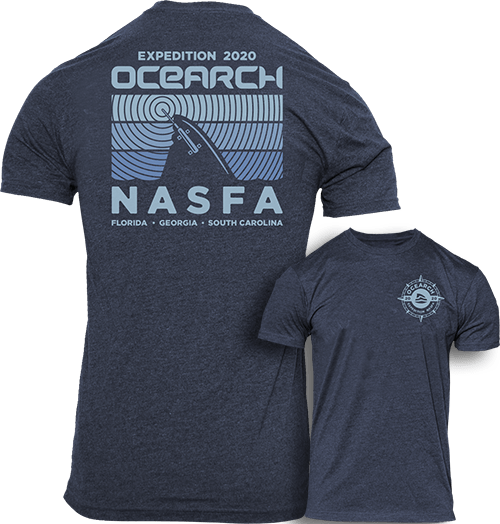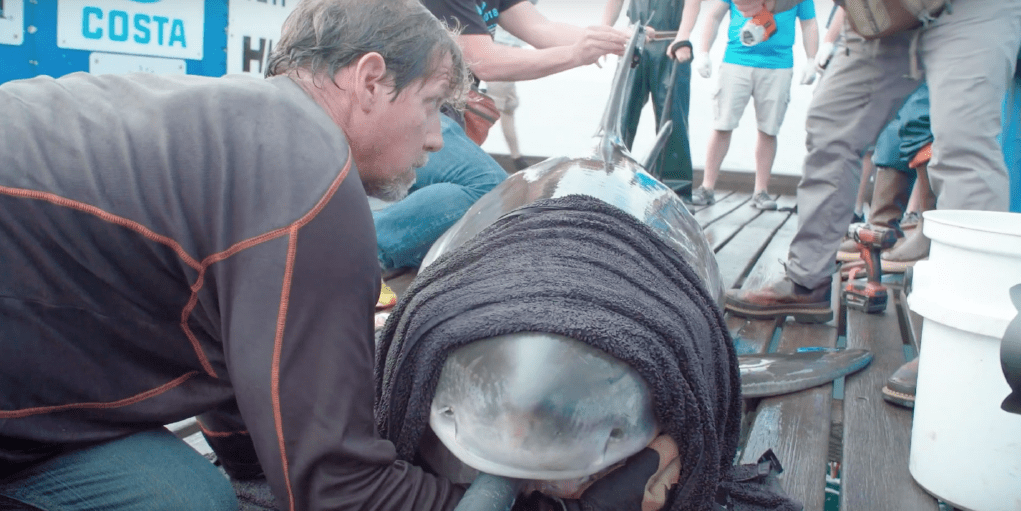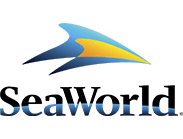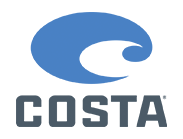Limited edition Expedition NASFA tees will help fund our work during the expedition. Our goal is to fund 10 more SPOT tags by selling 600 shirts through Shop2Give.
Become a shark hero by making a one-time or monthly donation. Your contribution helps fund the expedition so that we can ensure future generations can have healthy oceans.
Brunswick Ship Tours
Thursday January 23 & Friday January 24
Times: 1pm, 2pm, 3 pm
Mary Ross Waterfront Park
209 Gloucester Street
Brunswick, GA 31520
Brunswick Kickoff Party
Friday January 24
Time: 4-7pm
Mary Ross Waterfront Park
209 Gloucester Street
Brunswick, GA 31520
Brunswick Teacher Workshop
Friday January 24
Time: 5pm
Mary Ross Waterfront Park
209 Gloucester Street
Brunswick, GA 31520
Savannah Ship Tours
Thursday February 13 & Friday February 14
Times: 1pm, 2pm, 3pm
Rousakis Riverfront Plaza
131 W River St
Savannah, GA 31401
19
18
0
22

McBride

Fischer

Ship Engineer – OCEARCH

Ubatuba
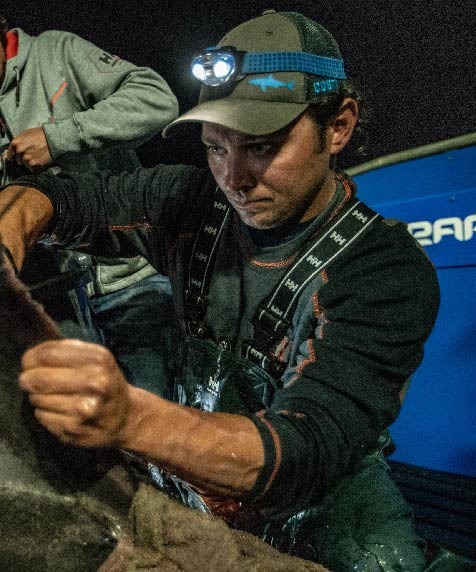
Leaderman – OCEARCH

Deckhand – OCEARCH
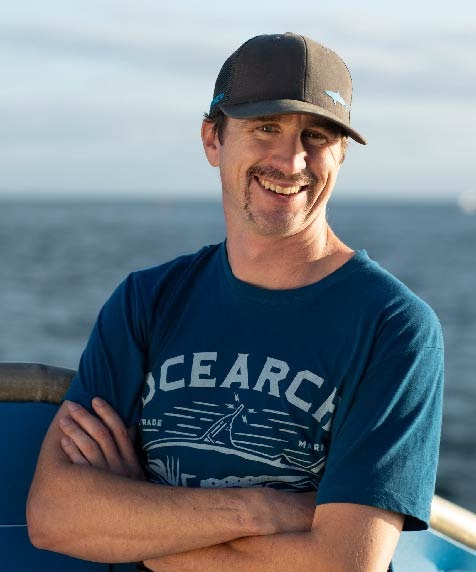
Kanaly

Lettieri

Hueter, Ph.D
MOTE Marine Laboratory

Newton, VMD

Hyatt, DVM
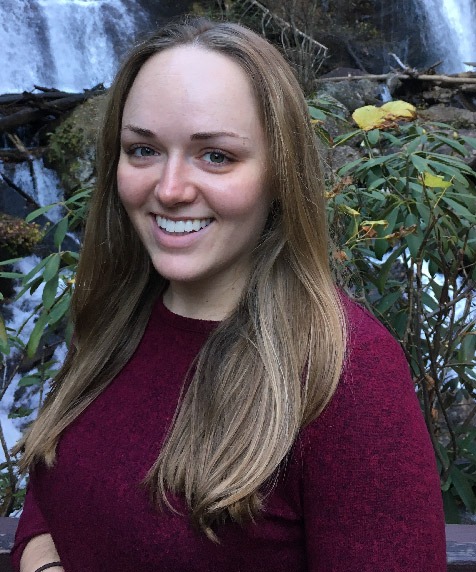
Crawford

Montano, DVM

Franks, PhD

Ritchie, PhD

Bedore, PhD
What is the North Atlantic White Shark Study
This project began in 2012 and has been called the “North Atlantic White Shark Study”. The purpose of this project is to solve the life history puzzle of the North Atlantic White Shark by gathering the appropriate data that would tell us where this population breeds, feeds and gives birth. The way to do this is by tagging at least 10 sharks of each sex in three categories: juvenile, immature, and mature.
What type of studies do you expect to run during this expedition?
In order to determine foraging patterns, the team will need to not only tag animals (both male and females; adult and subadult), they will need to sample them as well.Tagging and sampling a large number of male and female sharks, with different life stages, in the same area is a great way to confirm that the NASFA is indeed a foraging area.
What type of samples do you expect to collect during this expedition?
All male and female sharks caught will be sampled. The team will collect blood, mucus, parasites, muscle, fin clips, eye measurements, feces, urine, and semen, whenever possible. Ultrasound exams also will be performed on adult females to confirm
pregnancy.
Can you describe your process for tagging sharks?
Sharks are caught from tenders using handlines and are guided by hand in the water on and off the lift. After capture, sharks are brought to the submerged platform of the M/V OCEARCH vessel and the platform is raised. Once the sharks are restrained and hoses of water have been set to enable the flow of oxygen, they are measured. SPOT and acoustic tags are attached. The tagging, handling and sampling procedures employed during the expedition follow the standards of the Institutional Animal Care and Use Committees (IACUC.org) of each institution, which is made up of scientists and veterinarians.
Will the sample collection impact the sharks health?
While the tagging method, which has been used on sharks and other species for over a half-century may cause some level of brief discomfort, there is no scientific evidence that it impacts their behavior or survival post-release. In fact, data from the Global Shark Tracker provides strong evidence that the animals tagged using this method show long-term survival and long-distance migrations indicative of normal function and reproductive cycles.
What does the data from the OCEARCH Tracker tell us about sharks?
The data allows us to see the range of shark movements in different parts of the world -their migration patterns – and helps us uncover the areas in need of protection. The tracking data allows studies such as the examination of fine and broad-scale movements, habitat use, site fidelity, residency, and feeding behavior of white sharks. The data we’ve enabled so far has allowed scientists to figure out the mating and breeding sites of the species on the west coast of Mexico – Guadalupe Island. Scientists have also documented the first migration of Great White Sharks to the gulf and the mid-Atlantic ridge.
What happens to the data you've collected?
The data is shared in an open source environment with collaborating institutions that utilize it to conduct studies that are eventually published in peer-reviewed scientific journals. The papers, which can take 2-5 years to publish, are used to assist in policy decisions. So far, there have been 22 papers published based on OCEARCH expeditions and resulting studies.
How can I follow the expedition?
Follow OCEARCH on Facebook, Twitter, Instagram (@OCEARCH), and YouTube for Expedition NASFA updates.You can also follow the sharks tagged during the Nova Scotia Expedition by accessing the near-real-time, free online OCEARCH Tracker.
Who supports the expedition?
Costa Sunglasses, SeaWorld, YETI Coolers, Southern Tide, Helly Hansen, and Contender support the expedition.
